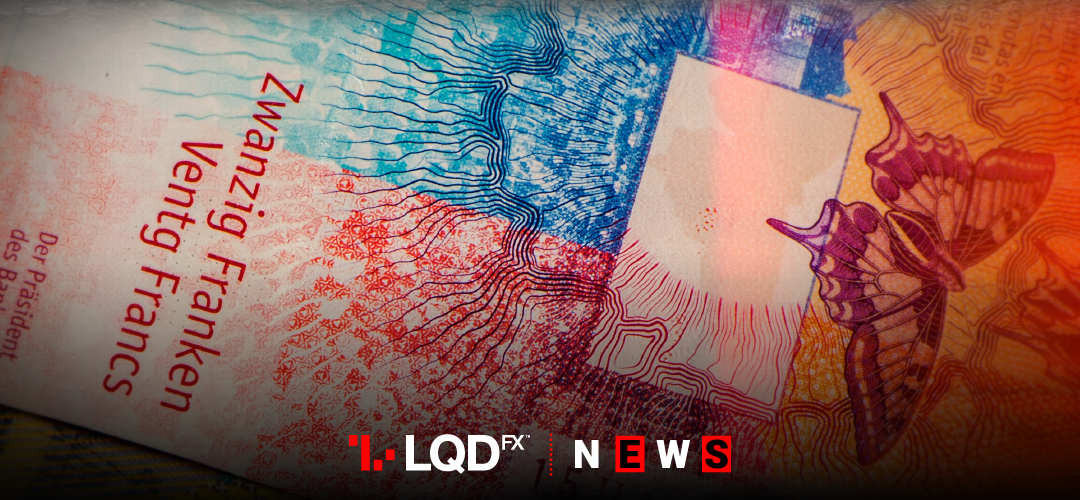Two years high for the Swiss franc which rallied to its highest levels against the euro on Monday. U.S. President Trump hardened his trade stance to countries beyond China, prompting investors to move into perceived safe-haven currencies.
Trade tensions have grabbed centre stage for investors in recent weeks after Trump increased tariffs on Chinese imports. The US President also threatened to raise tariffs on Mexican imports and removed preferential trade treatment for India. Rising strains on trade have prompted investors to dump risky assets such as equities. Instead they moved towards low-yielding currencies such as the yen and the franc. The latter is flirting close to levels where the Swiss National Bank has traditionally intervened to keep the currency weak.
Against the euro, the franc rallied more than half a percent to 1.1120 francs per euro, its highest level since July 2017. Monday’s gains come on top of a strong surge in May when the franc gained more than 2% versus the euro, its biggest monthly rise in eight months.
The Swiss National Bank has traditionally intervened when the franc has risen to around 1.10 francs per euro. However, low inflation and trade tensions suggest the franc has to gain far more from current levels. Swiss National Bank pursues a monetary policy of negative interest rates and currency intervention in general.
Latest data indicate price pressures remain well contained with consumer prices rising 0.6% in May from a year-ago period.
START TRADINGForex – Two years high for swiss franc amid trade strains
The franc wasn’t the only low-yielding currency to shine, with the Japanese yen also broadly gaining against a bunch of currencies.
Trump arrived in Britain on Monday for a state visit, with his interventions on Brexit, May’s successor and a row over China’s Huawei set to overshadow the pomp and a banquet with Queen Elizabeth.
The dollar dipped after benchmark 10-year U.S. Treasury yields hit as low as 2.121% on Monday, their lowest since September 2017. Against a basket of rivals, the dollar was slightly negative at 97.71, though it is still up 1.6% for the year.
Sterling edged further off five-month lows on Monday, rising 0.15% to $1.2645. short positions are slowly building up in the background, reflecting growing uncertainty among investors on the outlook for the British economy.
The euro was slightly firmer than swiss franc on the day at $1.1185. However, investors remained broadly cautious on the outlook of the single currency as manufacturing data in the eurozone contracted for a fourth month in July.
Oil prices rebounded from last week’s heavy losses on Monday after reassurances over production from top oil exporter Saudi Arabia. Brent crude were at $62.40 at 1150 GMT, up 41 cents, or 0.66%, above Friday’s close. Prices dropped by more than 3% on Friday, with May recording the biggest monthly loss in six months. WTI crude futures were at $54.17 per barrel, up 67 cents, or 1.25%.
PLEASE NOTE The information above is not investment advice.
Sources: Reuters, Investing, CNN money
